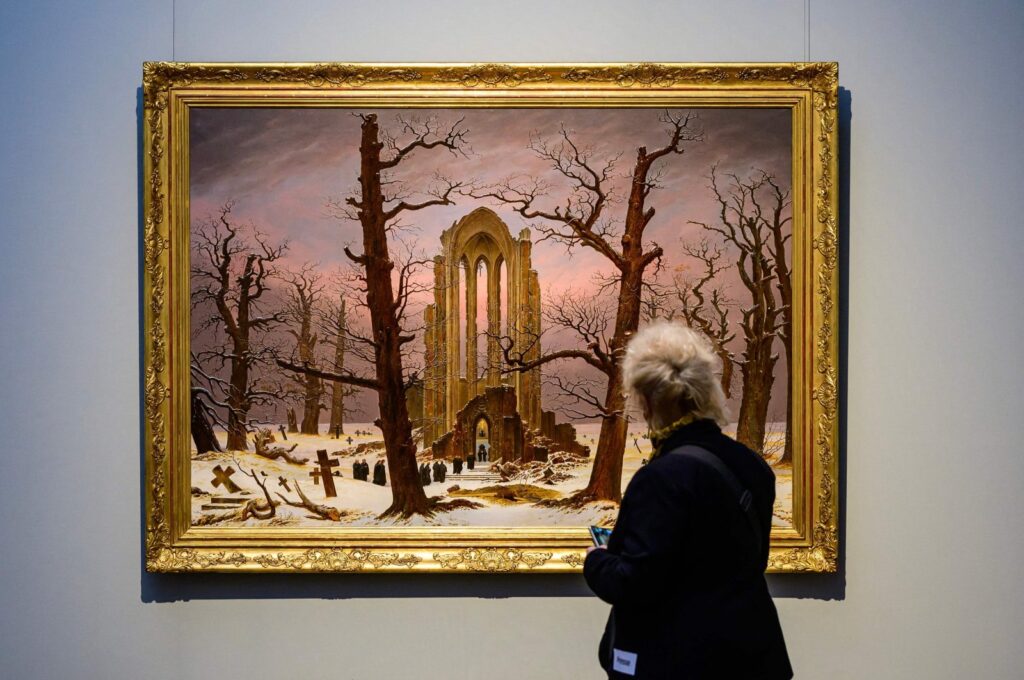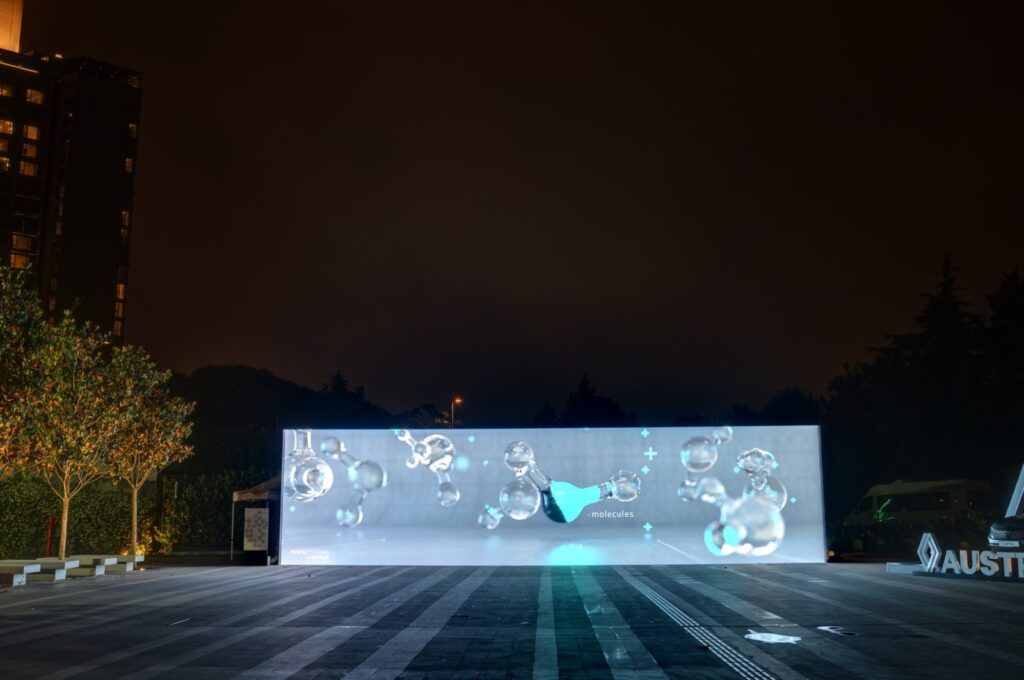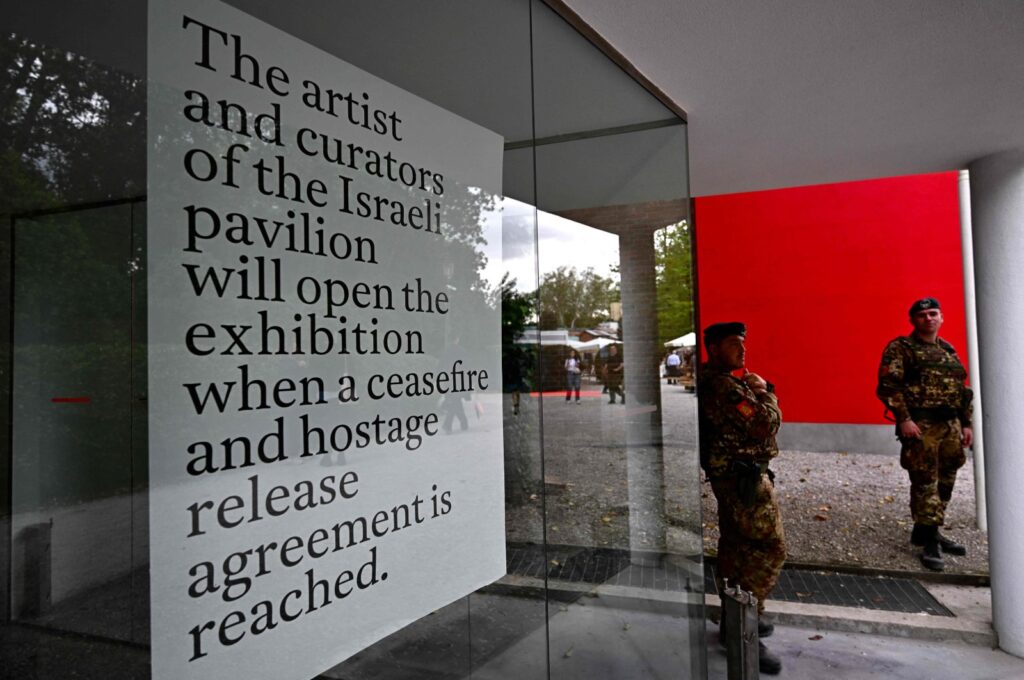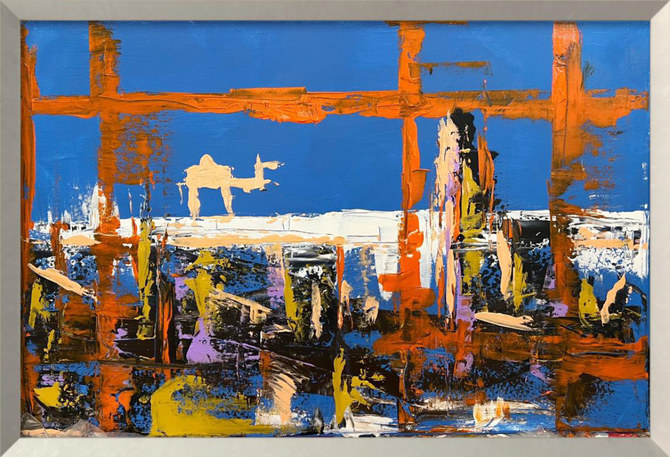
Yoonji Han
Throughout history, Britain has reckoned with its imperial roots. The country is facing mounting pressure by other nations and activists to repatriate objects they allege were stolen by the British Empire.
From the late 16th century to the 20th century, the British Empire established colonies, dominions, and protectorates across the globe, asserting itself as the largest empire in history at its peak. Although British rule brought with it some aspects of modernization to the nations it colonized, it also stood in the way of self-governance, democracy, and equality for all under the law.
“The Empire itself was a very paradoxical phenomenon that claimed to bring so-called civilization to the colonized people, but at the same time established institutions that were antithetical to modernity,” Chika Okeke-Agulu, an art historian and professor at Princeton University, said.
Many cultural artifacts now on display at museums in Britain were looted from the colonized people, according to repatriation activists. The British Museum, which houses more than 8 million artifacts like the Benin Bronzes and the Parthenon Marbles, possesses the most number of stolen goods, human rights lawyer Geoffrey Robertson argued.
“All the institutions associated with the emergence of the European middle class, like museums, depended on the extraction of cultural heritage and artifacts from all corners of the empire,” Okeke-Agulu told Insider. “These museums were established in the age of Empire as bragging spaces where they showed off their collections from their imperial holdings.”
Here are 8 cultural artifacts that the British took from their original lands:
Benin Bronzes
The Kingdom of Benin, now modern-day Nigeria, proudly boasted several thousand bronze sculptures that adorned the royal palace, dating back to the 13th century. But in 1897, the British Empire sent troops on a punitive expedition to punish Benin rebels who retaliated against imperial power. The Empire’s soldiers sacked and looted the city, bringing an end to the Kingdom of Benin.
More than 900 historic objects from the former kingdom — including more than 200 bronze plaques — ended up in the British Museum, now part of its collection of “contested objects.”
Since gaining independence in 1960, Nigeria has sought the return of the bronzes on several occasions. Although the British Museum has agreed to loan the Benin Bronzes to Nigeria, it has not gone so far as to agree to fully return them.
“The Museum is committed to active engagement with Nigerian institutions concerning the Benin Bronzes, including pursuing and supporting new initiatives developed in collaboration with Nigerian partners and colleagues,” the British Museum wrote on its website.
Parthenon Marbles
The Parthenon Marbles, also known as the Elgin Marbles, are another source of heated debate over repatriation for the British museum. The marbles, which depict festivalgoers celebrating the birthday of the goddess Athena and centaurs and Lapiths engaged in battle, were taken from the Parthenon in Greece between 1801 and 1805.
Greece had been ruled by the Ottoman Empire for nearly 400 years since 1453. Lord Elgin, the British ambassador to the Empire, had successfully petitioned to remove about half of the remaining sculptures from the Parthenon’s ruins. But Greece has since contested these rights.
“These objects were taken during the Ottoman Empire, and so the question is: Did the Ottoman Empire have the legal and moral authority to allow Lord Elgin to take these objects of great cultural significance back to England?” Okeke-Agulu said.
The British Museum has refused to return the marbles, calling its removal from the Parthenon a “creative act.”
Rosetta Stone
The Rosetta Stone, which resides in the British Museum, is regarded as a monumental object that enabled researchers to decipher and understand the cultures and history of Ancient Egypt.
The stone was originally taken from Egypt by Napoleon Bonaparte, who is widely credited for opening up the country to the rest of Europe and fueling “Egyptomania” in the 19th century, according to Okeke-Ugulu. The British then took the Rosetta Stone after they defeated the French in 1815.
The Rosetta Stone has been another cultural object at the center of calls for restitution, though some experts believe the British Museum is unlikely to relinquish one of its most famous acquisitions.
Koh-i-Noor
Sitting at the top of the velvet-and-platinum crown of the Queen of England is the Koh-i-Noor, one of the largest cut diamonds in the world.
Meaning the “mountain of light,” the jewel originally adorned the Mughal Peacock Throne. It changed hands several times among warring factions until it was ultimately handed over to Queen Victoria after the British annexation of India in 1849.
Because its bloody history involves much fighting between men, the Koh-i-Noor has become wreathed in superstition that it’s a jinx for men, and so is only passed on to the women in the British royal family.
Today, the diamond is on display at the Tower of London’s Jewel House. Though the governments of India, Pakistan, Iran, and Afghanistan have all claimed ownership of the Koh-i-Noor and have demanded its return since India gained independence in 1947, the British government has rejected these claims, arguing that the gem was legally obtained.
Maori heads
Decapitated, dried, and tattooed Maori heads are on display at various European museums, including the British Museum.
The Maori used chisels to carve into men’s skin, then filled the grooves with ink. The famous Ta moko facial tattoos represented high social status in Maori culture, and decapitated and dried heads played an important part in Maori sacred ceremonies.
But when the Europeans landed in New Zealand in 1770, these Maori heads became nothing more than curios and items for trade.
“The Maori heads are part of the colonial collection of human remains — so-called ‘trophy heads’ that you still find in many museums in Europe,” Okeke-Agulu told Insider.
Collecting and displaying human remains was, allegedly, in the name of science. But it was also a means of showing proof of conquering subjugated peoples, according to Okeke-Agulu.
In recent years, New Zealand has worked to repatriate these ancestral remains, though some are still held by museums.
Saartjie “Sarah” Baartman
Saartjie “Sarah” Baartman was a Khoikhoi woman who was taken from South Africa to London, where she was exhibited as a freak show attraction in the 19th century. She was given the name “Hottentot Venus,” which used a derogatory colonial-era term for the indigenous Khoikhoi people.
When Baartman was sixteen, her husband was murdered by Dutch colonists, and she was sold into slavery to a trader. In 1810, Baartman was said to have signed a contract with a British physician who was her master’s friend, and was taken to Europe to be paraded around for her large bottom. She became the subject of scientific interest and racialized eroticism.
Even after her death in 1815, Baartman’s remains were displayed in a museum in Paris for decades. It wasn’t until 2002 that President Nelson Mandela successfully negotiated for her remains to be returned to South Africa and given a proper burial.
Maqdala Manuscripts
The Maqdala Manuscripts are religious texts that were taken from Ethiopians by the British after the Battle of Maqdala. In 1868, a British expeditionary force laid siege to the mountain-top fortress of Maqdala, resulting in the capture of more than a thousand predominantly religious manuscripts that were carried on the backs of 15 elephants and hundreds of mules back to Britain, according to Atlas Obscura. 350 of those manuscripts ended up in the British Library.
Yet many of these manuscripts are not readily available to the public.
“You could think of them as imprisoned, with very little access to the outside world. Why do they keep these objects they can’t even display, when that’s the primary mandate of museums?” Okeke-Agulu said. “There is no intellectual reason why these objects should remain in Britain, when these are objects of great cultural significance and have powerful functions in Ethiopian Christian religious rituals.”
In 1999, the Association For the Return of the Maqdala Ethiopian Treasures (AFROMET) was formed with the mission of returning looted items back to Ethiopia. The organization has been successful in retrieving some objects, though its campaign continues.
Looty, a Pekingese puppy
Looty was an aptly named Pekingese puppy that was abducted from China’s Imperial Summer Palace by British forces. During the Second Opium War in October 1860, British and French troops looted the palace and came across the dog.
“I have been able to retain a good many trifles that I bought in the French camp, also a pretty little dog, a real Chinese sleeve dog. It has silver bells round its neck. People say, it is the most perfect little beauty they have ever seen,” British captain John Hart Dunne wrote in his diary.
He presented the puppy to Queen Victoria for her Royal Collection of Dogs, and the queen named her “Looty” after how she was acquired.
Looty was shunned by the queen’s other dogs for her “Oriental habits and appearance,” and lived at Windsor Castle until she died in 1872.
The post 8 cultural artifacts the British Empire took from other nations, from the Benin Bronzes to the Koh-i-Noor diamond appeared first on The Frontier Post.








